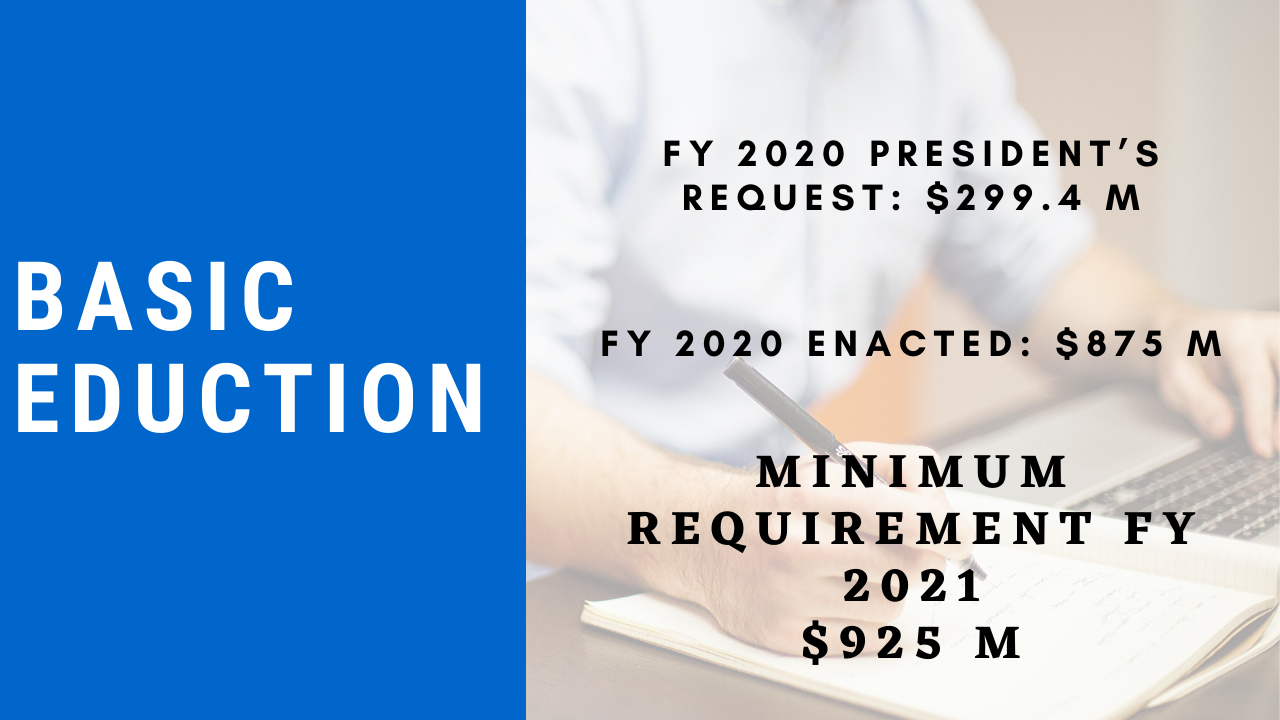Funding for the State Department and international aid programs would be cut by $3.7 billion, or nearly 8 percent, from current spending levels in the President’s 2021 budget. This would drastically reduce aid to international organizations. The United States Development Assistance Program has always made a difference to millions experiencing extreme poverty globally. There have been amazing advancements in education in poorer communities and more children have the opportunity to attend school.
With the proposed cut in Poverty-Focused Development Assistance, countries struggling with extreme poverty will not have the resources or economic stability to provide quality education programs.
Education is critical for long-term success including economic growth and stability, reducing poverty and improving health. Basic education programs provide children access to resources to be able to develop the necessary skills to excel and the ability to join the workforce.
In the world, only 83 percent of the children who go to school at all complete elementary school, and just 45 percent of students aged 15 to 17 will finish secondary school. Narrowing it down to developing countries, that percentage is even lower due to the fact that they don’t have adequate access to education.
In Fiscal Year 2018, basic education programs reached over 33.5 million learners in 51 countries, including 12 million children. Due to the increase in support and aid, global primary school enrollment has grown to 91 percent. There are still a lot of children that don’t have access to education, about 262 million children and youth are still not in school.
These children lack the ability to read or write, making it difficult for them to advance in society. With a cut in the budget, those already assisted will have fewer funds to be able to give children a proper education. Children will not have the opportunity to work their way up and it will be difficult for their families to pull themselves out of extreme poverty.
Providing more education for girls in developing countries is critical for eradicating global poverty. Educated women tend to lead healthier lives, have jobs and fewer children. Giving girls the chance to go to school and receive an education empowers women to work for the household and not rely on arranged marriages and early pregnancy.
Without proper education, one in 3 girls would marry before the age of 18 and would leave school if they were enrolled. However, despite advances, there are over 130 million young women around the world not enrolled in school.
The first step is providing access to education programs. With increased accessibility, there will be an increase in enrollment. To successfully educate children, there needs to be a safe, constructed school building and adequately prepared teachers. United States Agency for International Development (USAID) plays a big role in teacher training to improve the quality of education.
The United States Development Assistance Program has always made a difference to millions experiencing extreme poverty globally, but by igniting drastic cuts in foreign aid the progress we have helped make will all be for nothing, and children will suffer at our expense.
 Infographic by Amy Kodrich
Infographic by Amy Kodrich
.


